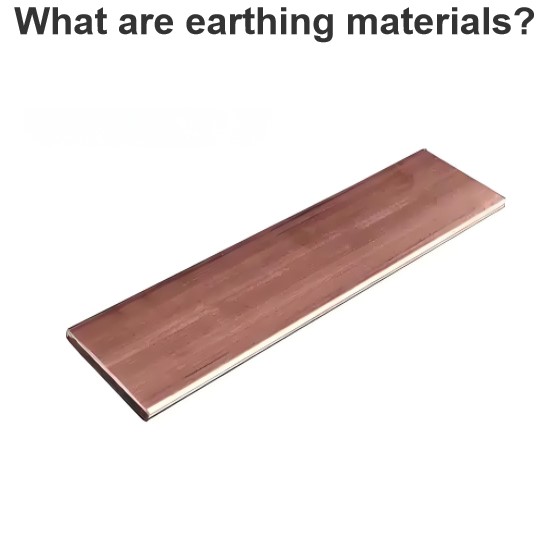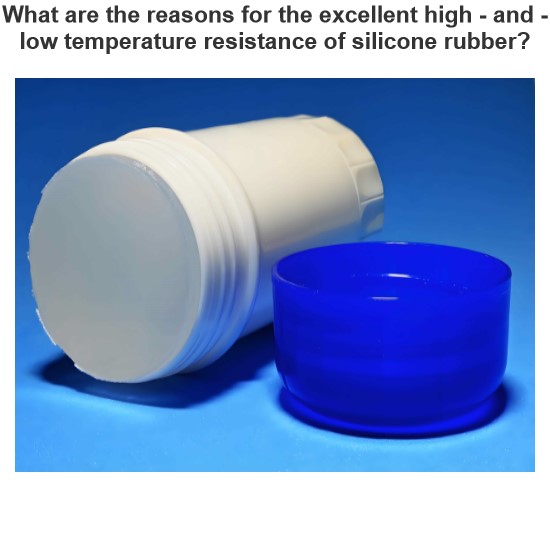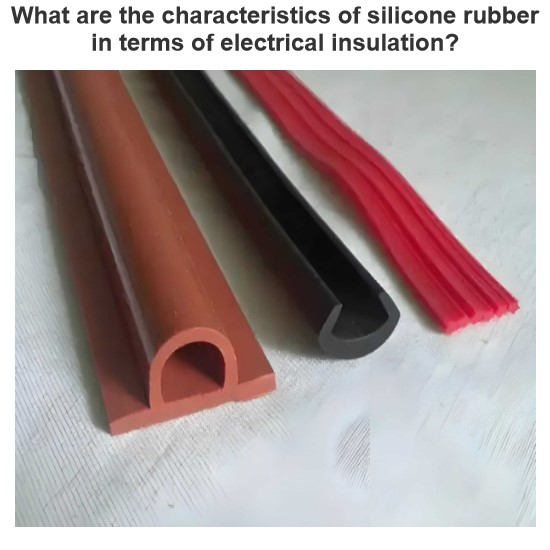Thermal Conductivity of Metals: How Heat Flows Through Different Materials
Thermal conductivity is a property that measures how well a material can transfer heat from one point to another without moving the material itself. It depends on factors such as the structure, composition, and temperature of the material. In this article, we will focus on the thermal conductivity of metals, which are solids with high electrical and thermal conductivity, and high density.

What is a Metal?
A metal is defined as a solid material that has a crystalline structure, where the atoms are arranged in a regular pattern. The atoms consist of nuclei with their surrounding shells of core electrons, which are tightly bound to the nuclei. However, some of the outermost electrons are free to move throughout the metal, forming a sea of electrons that can carry electric current and heat energy.
Metals have many useful properties, such as high strength, ductility, malleability, luster, and reflectivity. They are also good conductors of electricity and heat, which means they can transfer these forms of energy efficiently and quickly.
How Does Heat Transfer in Metals?
Heat transfer is the process of moving thermal energy from a region of higher temperature to a region of lower temperature. There are three main modes of heat transfer: conduction, convection, and radiation.
Conduction is the mode of heat transfer that occurs in solids, where heat flows through direct contact between atoms or molecules. Convection is the mode of heat transfer that occurs in fluids (liquids or gases), where heat flows through the movement of fluid particles. Radiation is the mode of heat transfer that occurs through electromagnetic waves, such as light or infrared radiation.
In metals, heat transfer mainly occurs by conduction, since metals are solids and have many free electrons. The free electrons can move randomly throughout the metal and collide with other electrons or atoms, transferring kinetic energy and thermal energy. The more free electrons a metal has, the higher its thermal conductivity.
What Factors Affect the Thermal Conductivity of Metals?
The thermal conductivity of metals depends on several factors, such as:
The type and number of free electrons: Metals with more free electrons have higher thermal conductivity since they can carry more heat energy. For example, silver has the highest thermal conductivity among metals, followed by copper and gold.
The atomic mass and size: Metals with heavier and larger atoms have lower thermal conductivity since they vibrate more slowly and hinder the movement of free electrons. For example, lead has a low thermal conductivity among metals.
The crystal structure and defects: Metals with a more regular and compact crystal structure have higher thermal conductivity since they have less resistance to electron flow. For example, metals with a cubic structure have higher thermal conductivity than metals with a hexagonal structure. Defects such as impurities, vacancies, or dislocations can also reduce the thermal conductivity of metals by scattering electrons.
The temperature: The thermal conductivity of metals varies with temperature in different ways depending on the dominant mechanism of heat transfer. For pure metals and alloys, heat transfer is mainly due to free electrons (electronic conduction). As temperature increases, both the number of free electrons and lattice vibrations increase. Thus, the thermal conductivity of metals decreases slightly with increasing temperature. For insulators and semiconductors, heat transfer is mainly due to lattice vibrations (phononic conduction). As temperature increases, lattice vibrations increase significantly and scatter electrons more frequently. Thus, the thermal conductivity of insulators and semiconductors increases rapidly with increasing temperature.
What is Wiedemann-Franz Law?
Wiedemann-Franz law is a relation that connects the electrical conductivity and the thermal conductivity of metals at a given temperature. It states that:

σK=LT
Where,
K is the thermal conductivity in W/m-K
σ is the electrical conductivity in S/m
L is the Lorenz number, which is a constant equal to 2.44 x 10^-8 W-ohm/K^2
T is the absolute temperature in K
This law implies that metals that have high electrical conductivity also have high thermal conductivity since both properties depend on the free electrons. It also implies that the ratio of thermal conductivity to electrical conductivity is proportional to the temperature of metals.
However, this law has some limitations. It only applies to pure metals and alloys at very high or very low temperatures. It does not apply to insulators or semiconductors, where phononic conduction dominates over electronic conduction. It also does not apply to some metals, such as beryllium or pure silver, which deviate from this.

What are the Thermal Conductivity Values of Some Common Metals?
The thermal conductivity of metals varies widely depending on the type and purity of the metal. The table below shows some examples of thermal conductivity values for some common metals at room temperature (25°C).

| Metal | Thermal Conductivity (W/m-K) |
|---|---|
| Silver | 429 |
| Copper | 398 |
| Gold | 315 |
| Aluminum | 237 |
| Iron | 80 |
| Lead | 35 |
As we can see, silver has the highest thermal conductivity among metals, followed by copper and gold. These metals are widely used in electronics and electrical applications, as they can transfer heat and electricity efficiently. On the other hand, lead has the lowest thermal conductivity among metals, which makes it suitable for insulation and shielding purposes.
The thermal conductivity of metals can also change with temperature, pressure, composition, and structure. For example, alloys (mixtures of metals) usually have lower thermal conductivity than pure metals, due to the presence of impurities and defects that scatter electrons. Similarly, metals with different crystal structures or phases can have different thermal conductivity values.
How to Measure the Thermal Conductivity of Metals?
There are various methods and instruments to measure the thermal conductivity of metals, depending on the shape, size, and temperature of the sample. Some of the common methods are:

Steady-state methods: These methods involve applying a constant heat flux to one side of the sample and measuring the resulting temperature difference across the sample. The thermal conductivity can be calculated using Fourier’s law of heat conduction. Examples of steady-state methods are guarded hot plate, heat flow meter, and divided bar.
Transient methods: These methods involve applying a short pulse of heat to one side of the sample and measuring the resulting temperature change over time on the same or opposite side of the sample. The thermal conductivity can be calculated using analytical or numerical models of heat transfer. Examples of transient methods are hot wire, laser flash, and transient plane source.
Non-contact methods: These methods involve applying a heat source or a temperature sensor that does not touch the sample, but rather uses electromagnetic radiation or acoustic waves to induce or detect heat transfer. The thermal conductivity can be calculated using the optical or acoustic properties of the sample. Examples of non-contact methods are photothermal radiometry, thermal wave imaging, and ultrasound thermometry.
Each method has its own advantages and limitations, depending on the accuracy, precision, speed, cost, and applicability of the measurement. Therefore, it is important to choose the appropriate method and instrument for each specific case.
Why is the Thermal Conductivity of Metals Important?
The thermal conductivity of metals is important for many engineering and scientific applications, such as:
Heat exchangers: These are devices that transfer heat between two or more fluids or solids without mixing them. They are widely used in industries such as power generation, chemical processing, refrigeration, and air conditioning. The thermal conductivity of metals affects the efficiency and performance of heat exchangers, as it determines how fast and how much heat can be transferred.
Thermal management: This is the process of controlling the temperature and heat dissipation of devices or systems that generate or consume heat. It is essential for ensuring the reliability and safety of electronic components, batteries, engines, reactors, and spacecraft. The thermal conductivity of metals affects the design and selection of materials and components for thermal management, as it determines how well they can conduct or insulate heat.
Thermoelectric devices: These are devices that convert heat into electricity or vice versa using the Seebeck effect or the Peltier effect. They are used for applications such as power generation, cooling, heating, and sensing. The thermal conductivity of metals affects the efficiency and performance of thermoelectric devices, as it determines how much heat is lost or gained during the conversion process.
Conclusion
Thermal conductivity is a property that measures how well a material can transfer heat without moving itself. Metals are solids with high electrical and thermal conductivity, which depend on the free electrons in their structure. The thermal conductivity of metals varies with factors such as type, purity, temperature, pressure, composition, and structure. There are various methods and instruments to measure the thermal conductivity of metals, depending on the shape, size, and temperature of the sample. The thermal conductivity of metals is important for many engineering and scientific applications, such as heat exchangers, thermal management, and thermoelectric devices.
Statement: Respect the original, good articles worth sharing, if there is infringement please contact delete.
Electrical4U is dedicated to the teaching and sharing of all things related to electrical and electronics engineering.













